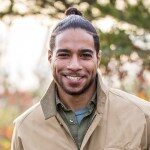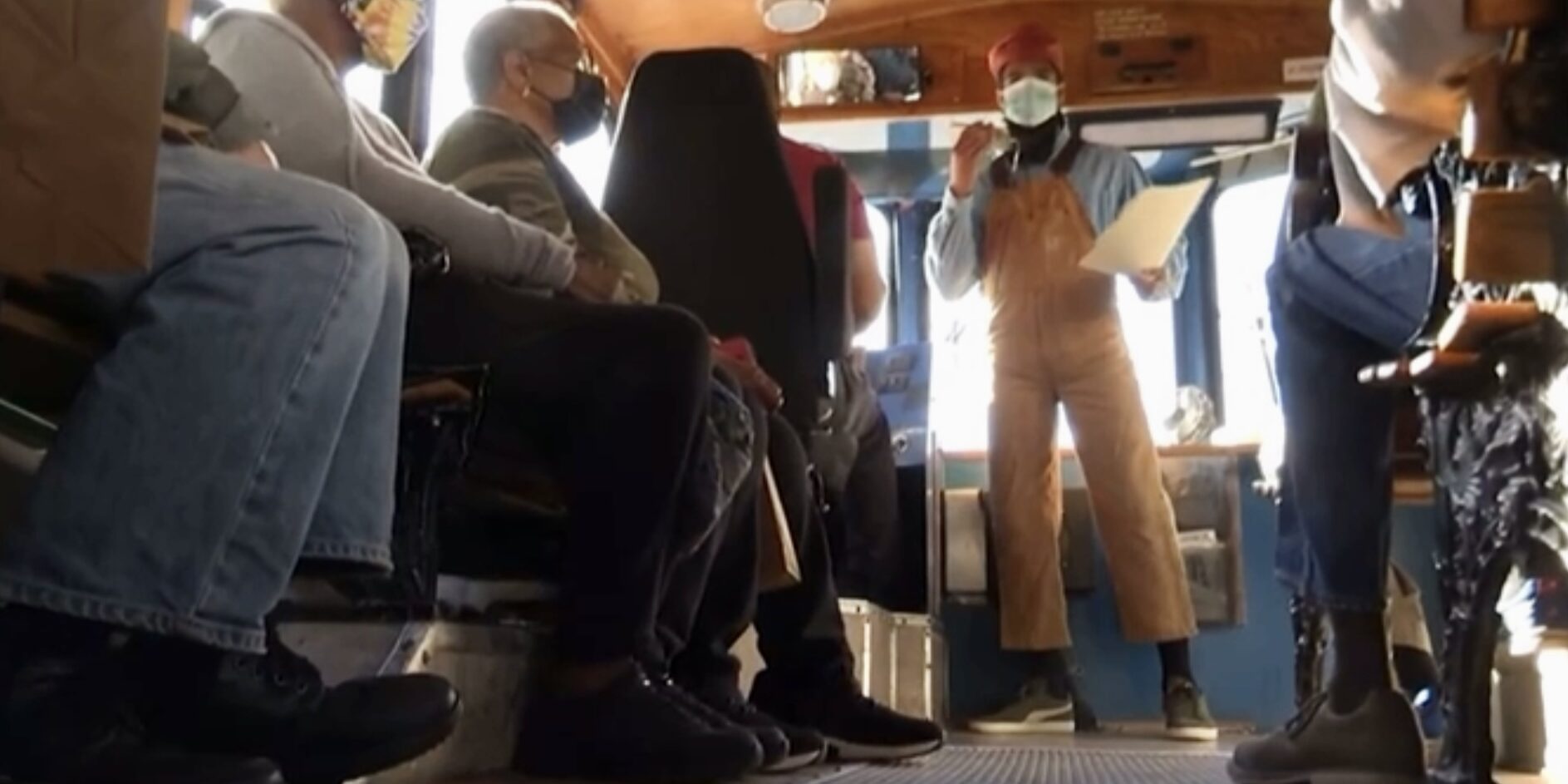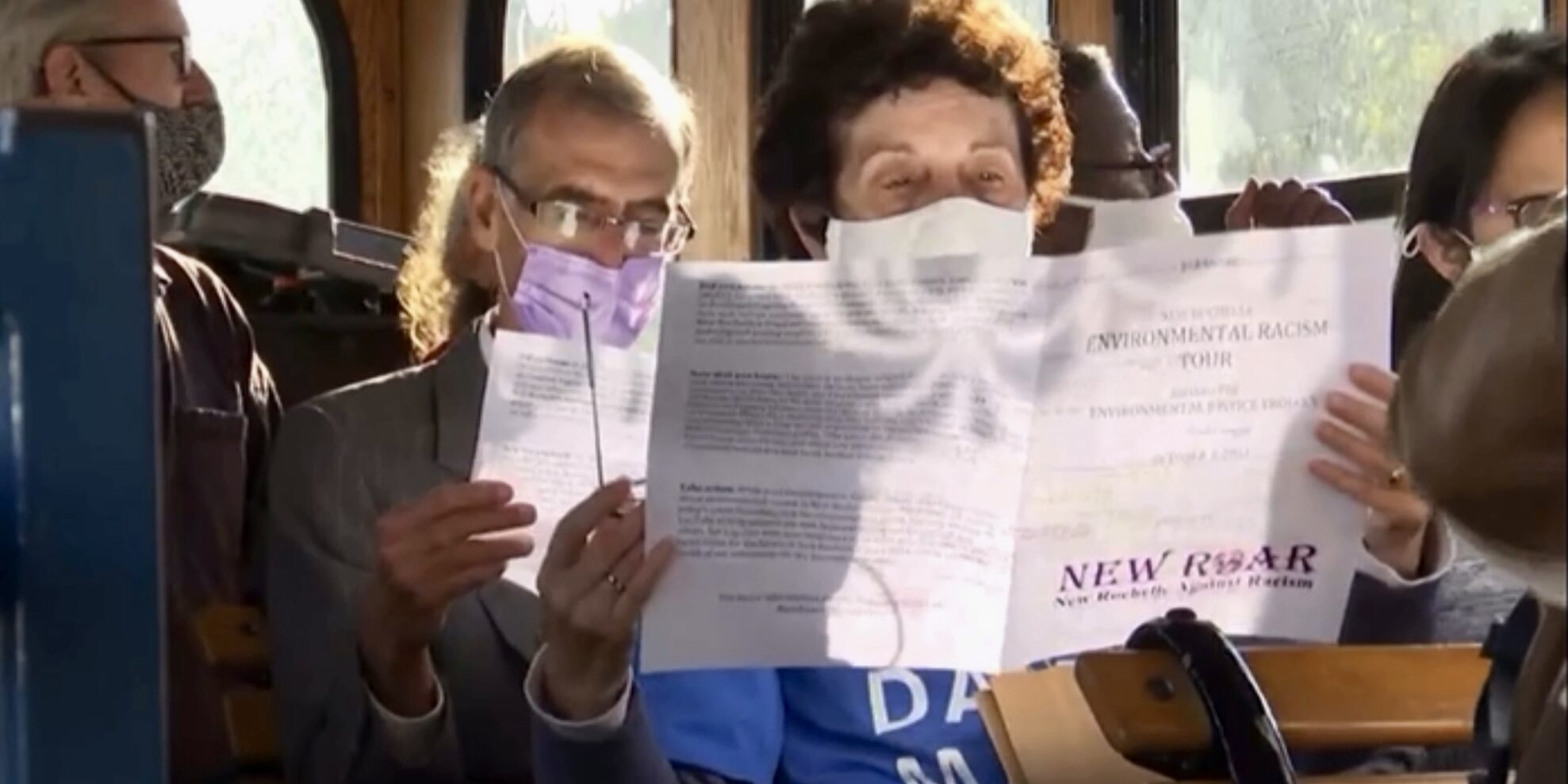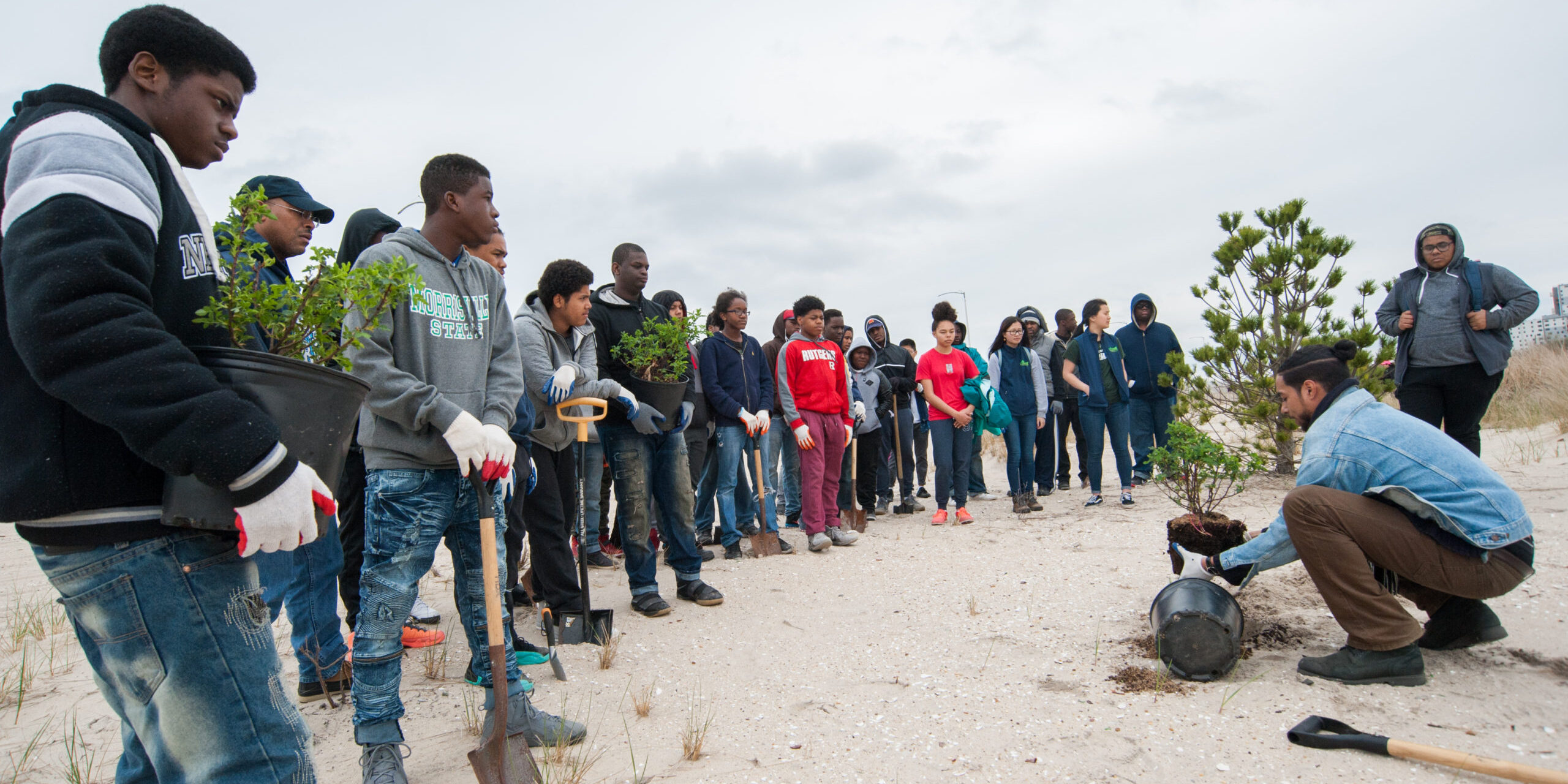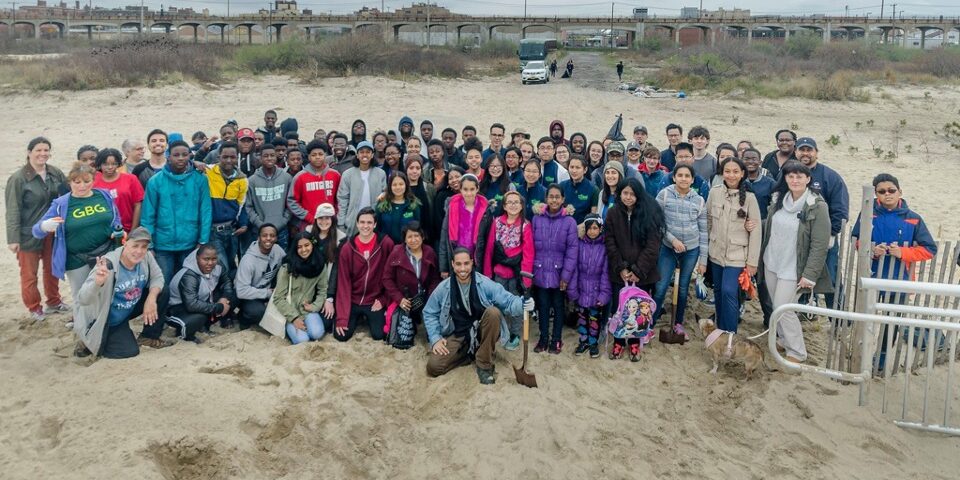About
Technical support for equitable development at the intersection of nature, cities and culture.
Blaze Lightfoot Jones-Yellin is an afro-indigenous urbanist, organizer and educator from New Rochelle, NY. His recent work blends design thinking and community organizing principles with environmental ethics to create more equitable communities. Previously, Blaze supported the recovery of impacted communities in Far Rockaway NY after Superstorm Sandy, led The Nature Conservancy's Leaders in Environmental Action for the Future (LEAF) program in the eastern U.S. and drove the equitable development strategy at the Lowline underground park in NYC. Blaze is also faculty in the Sustainability and Environmental Justice department at CUNY John Jay, and sits on advisory boards of the NY Harbor School and Pono democratic outdoor school. He is a graduate of Cornell University, Next City Vanguard fellow, senior fellow of the Environmental Leadership Program, and was named one of the "100 most influential urbanists you don’t know about, but should” by IOBY.

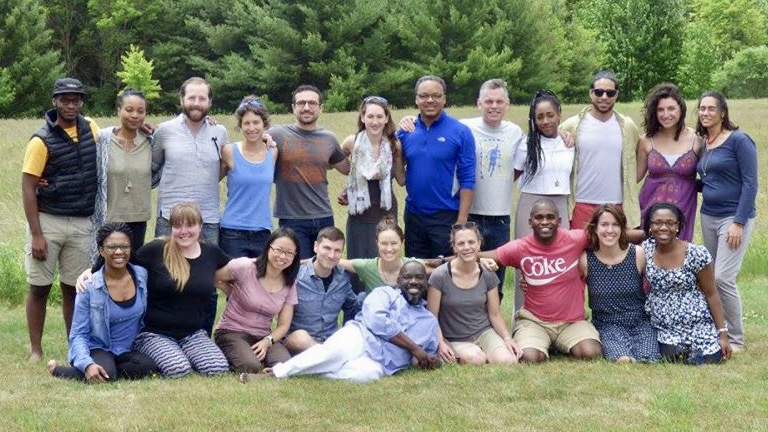
Work Samples
1st Annual Environmental Racism Trolley Tour
New Rochelle, NY
New Rochelle Against Racism (New RoAR) hosted a trolley tour around the city to raise awareness about environmental racism. The tour highlighted historic policy decisions and infrastructure investments that adversely affected Black neighborhoods in the city, and made a stop at the site of a planned drive-thru Starbucks, directly adjacent to a public housing complex and a homeless shelter, to make a point about how little things have changed. The increased drive-thru traffic is expected to create more pollution near these vulnerable families.
The Environmental Racism Tour took passengers through a timeline of thriving Black neighborhoods that were isolated by massive public works projects, targeted as locations for heavy industry and systematically stigmatized to lower property values. Commercial buildings and highways take up where the Black community once thrived in New Rochelle. Tour participants saw a glimpse of how planning decisions of the past and present are putting predominantly Black neighborhoods at a disadvantage to this day. New RoAR hopes local leaders will consider environmental racism before approving more projects like the Starbucks drive-thru.
.
Lowline Equitable Development
New York, NY
The Lowline was an ambitious idea to build an underground park in the unused Williamsburg Bridge Trolley Terminal on New York's Lower East Side (LES). The innovative concept was an opportunity to create much needed green space in a densely built neighborhood, provide both community and environmental benefits, and become the world's first underground park using technology to transport sunlight and grow plants below the streetscape. After years of fundraising and community engagement, the Lowline faced challenges in getting off the ground. Longtime residents voiced concerns about the potential for gentrification. Park leadership knew they needed to do more to nurture relationships and align values with local community in order to build necessary support.
The goal of our research was to articulate equitable development as a strategic framework, understand where the Lowline stands, and design how the Lowline might course correct to become a more community-centered project. We first interviewed industry experts and community stakeholders to better articulate an equitable development framework and its applications in the LES. We then used the framework to evaluate the Lowline's previous community engagement strategy and chart a step-by-step roadmap for equitable development outcomes.
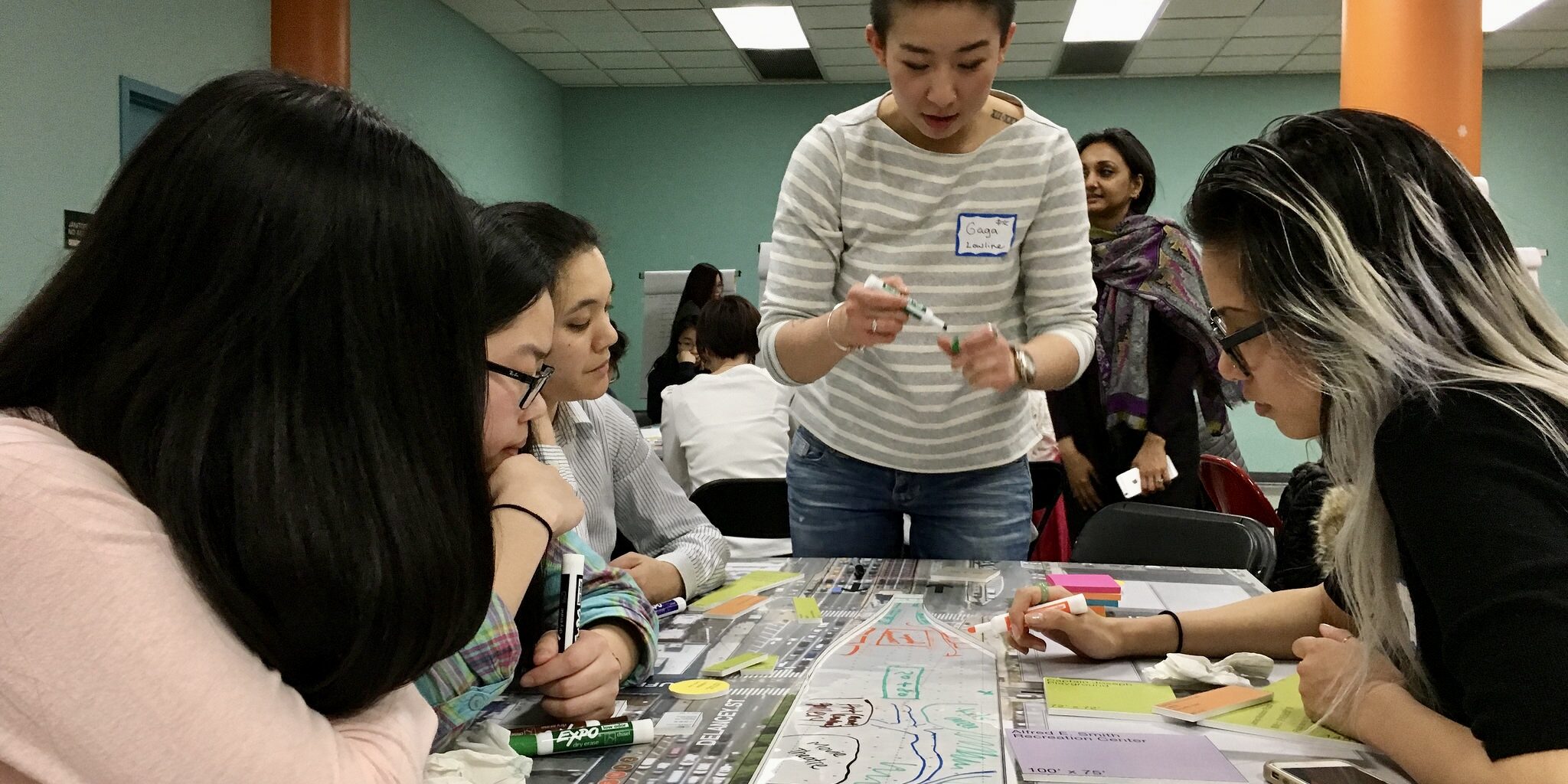
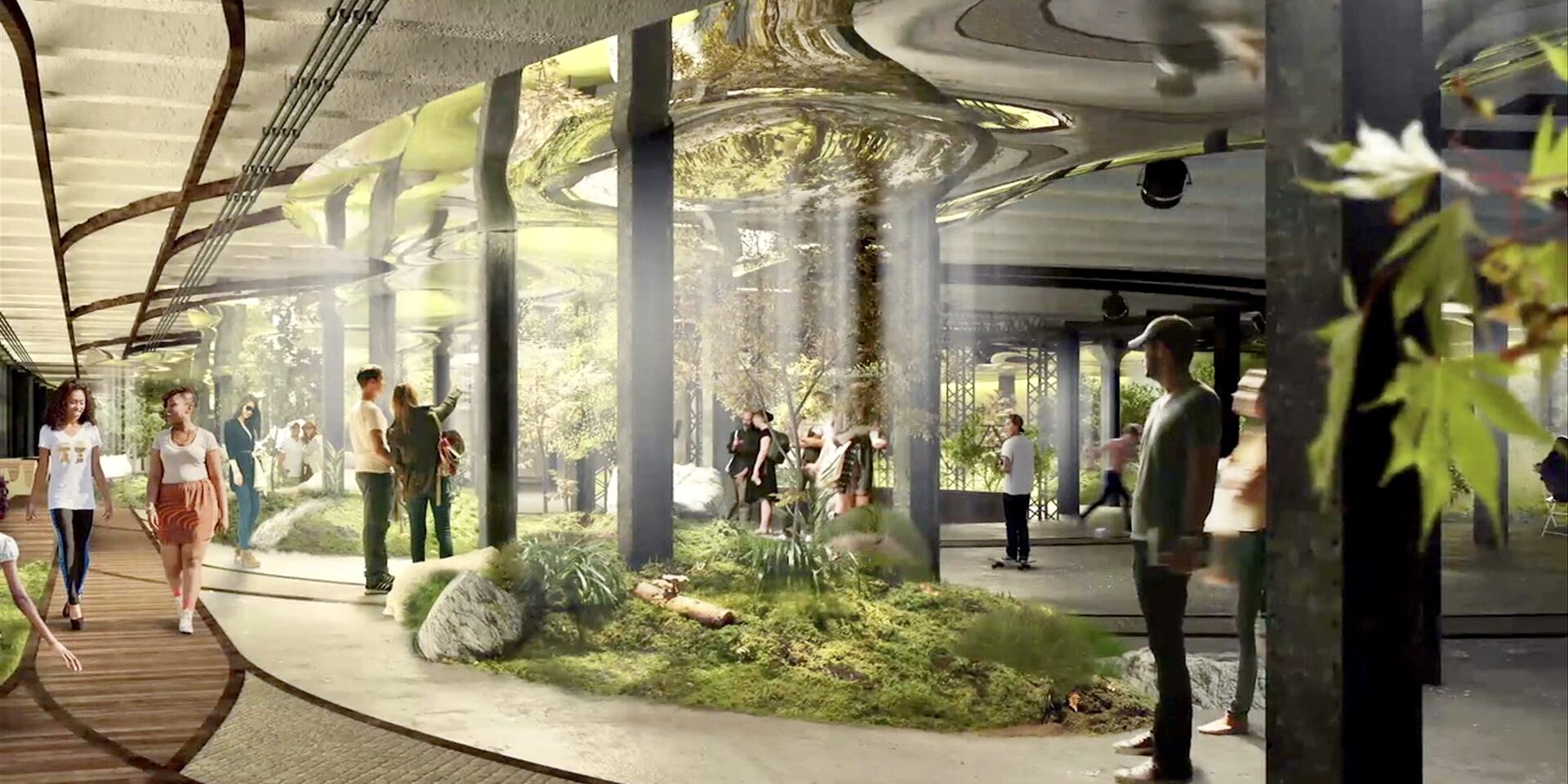
Superstorm Sandy 5-Year Anniversary: Dune Planting & Coastal Cleanup
Far Rockaway, NY
The Nature Conservancy's Leaders in Environmental Action for the Future (LEAF) Ambassadors are an organization of students working for NYC residents to have access to healthy coastal ecosystems that protect against storms and rising sea levels. NYC’s coastal resilience has been tested by storms like Superstorm Sandy, and the degradation of the city's waterfront leaves coastal areas prone to damage from future storms. The goal of the project was to help protect vulnerable coastal residents by partnering with the Rockaway Waterfront Alliance (RWA) to restore a natural storm buffer on the Rockaway Beach sand dunes.
Organizers commemorated the 5-year anniversary of Superstorm Sandy by engaging the frontline community of Far Rockaway, NY in a day of coastal restoration, dune planting and environmental resiliency education. The team mobilized the purchase of hundreds of native shrubs and grasses to plant in the sand dunes of Arverne East, a lower-income waterfront neighborhood, and partnered with local residents to create a natural buffer against future storms. Local youth helped build a more resilient NYC coastline and engaged their community about the importance of natural buffers and coastal resilience in the context of rising sea levels and a changing climate.
"The best way to predict your future is to create it."
